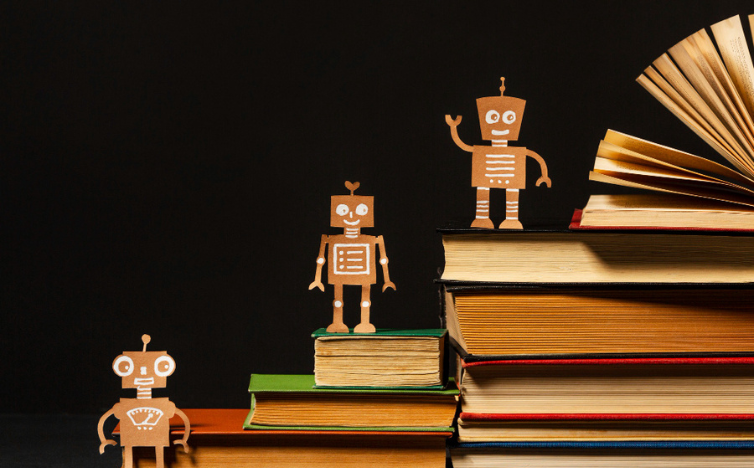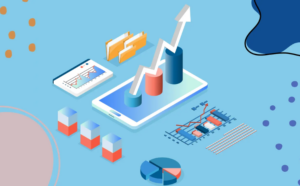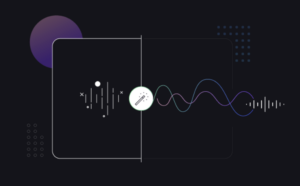In a world where the integration of technology is rapidly reshaping traditional education models, AI is stepping forward as a pivotal force redefining the possibilities for personalized learning. The one-size-fits-all educational approach is increasingly being overshadowed by AI-driven tools that cater to individual learning styles and paces.
But what does this mean for educators, students, and the future of education at large? In this comprehensive exploration, we will explain how AI tools are transforming personalized learning, the potential benefits, and common concerns surrounding this shift in education.
Table of Contents
Understanding Personalized Learning with AI
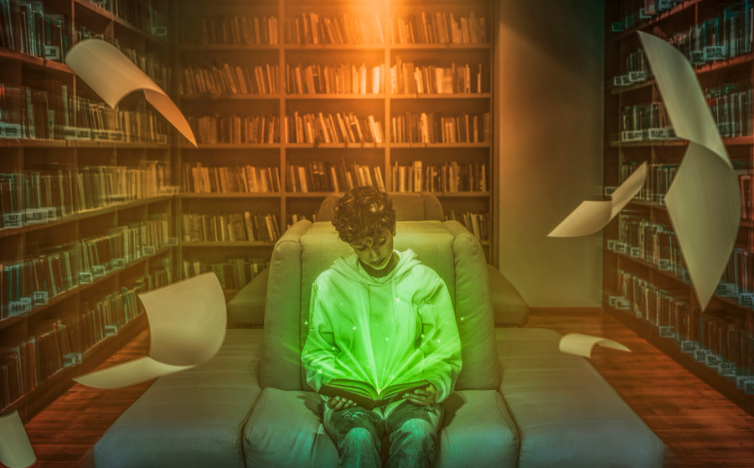
Personalized learning refers to educational strategies that address individual student’s interests, abilities, and learning styles. AI, with its capacity to analyze vast amounts of data and make meaningful observations, can play a pivotal role in creating adaptive, individualized educational experiences.
AI tools look at lots of information about how people learn. They find out what someone is good at, what they need help with, and what they like. Then, they use this information to make a special learning plan for each person. As someone learns, the plan changes to fit them better. This helps each person learn in a way that’s just right for them.
Learn More: What Are the Best AI Tools for Enhancing Learning in Education?
Creating Customized Curriculum
In traditional education systems, teachers struggle to cater to varied learning paces and preferences. AI transforms education by making customized lesson plans for each student. By analyzing a student’s progress and real-time data, AI can recommend learning materials that coordinate with their current skill level, challenge them appropriately, and ensure continued engagement.
Adapting to Learning Styles
No two students learn the same way. AI tools can recognize a student’s learning patterns – whether they learn best through visual, auditory, or kinesthetic means – and deliver educational content in the most effective manner.This flexibility creates a learning atmosphere where students can grasp and remember information at the best speed and in their preferred way.
The Benefits of AI-Driven Personalized Education
The advantages of personalized learning with AI are vast and varied, promising to not just enhance education but also to significantly improve learning outcomes.
Improved Engagement and Motivation
Imagine a classroom where every student is fully engaged and motivated to learn. AI tools can make this a reality by tailoring lessons to each student’s unique learning style and pace. By analyzing data on individual performance, AI can provide personalized recommendations and resources that keep students interested and challenged.
Artificial Intelligence (AI) generates an engaging learning environment that attracts students with interactive experiments, online teachers, and focused learning experiences. This degree of personalization provides a sense of responsibility over one’s education in addition to increasing engagement.
Better Learning Outcomes
Research suggests that personalized learning approaches can lead to improved academic performance. By tailoring education to the individual, AI can assist students in mastering a subject more efficiently, as they’re not held back or rushed through a curriculum based on a standardized timeline.
Real-time Feedback and Intervention
One of the most powerful aspects of AI in education is its ability to provide immediate feedback. AI tools can assess student work in real-time, pinpoint areas where a student is struggling, AI can step in with extra teaching or help, stopping learning gaps from happening.
The Applications of AI in Personalized Education
AI’s role in educational personalization spans across many sectors, with various tools and applications being developed.
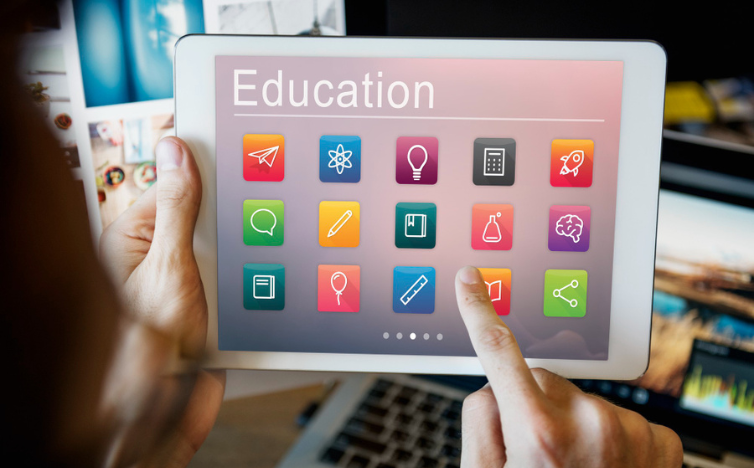
Adaptive Learning Systems
These systems adjust the difficulty of course materials and the rate at which they’re presented based on the learner’s responses and performance. This ensures that students are neither bored by easy tasks nor demotivated by tasks that are too difficult.
Intelligent Tutoring Systems (ITS)
ITS are computer-based systems that provide customized feedback and hints to solve problems. They can adapt to the learner’s input and modify the feedback and the way the material is presented in real-time.
Language Learning Platforms
AI in language learning goes beyond translation tools. It analyzes speech patterns, tracks vocabulary, and provides personalized feedback to improve speaking, listening, reading, and writing skills in a second language.
Common Concerns and Challenges
While the potential for AI in personalized learning is promising, it’s not without its share of challenges and critics.
Data Privacy
The collection of personal and educational data raises concerns about privacy and security. Stakeholders in the educational system need to ensure that AI tools are not only effective at personalizing learning but also safe and secure in protecting students’ information.
Teacher Roles and Training
The implementation of AI in education shifts the role of the teacher from an instructor to a facilitator. Teachers must receive training as a result of this shift in order to understand how to use AI tools in their lessons and how to analyze the data that these systems produce.
Equity and Access
Not all students have equal access to technology, and AI-driven personalized learning might widen the already-existing gaps in schooling.
Kids who don’t have as much money might not be able to use the technology that AI helps with.
Final Thoughts
In today’s fast-changing digital world, AI tools have changed how students learn in school. Teachers can use AI to make lessons just right for each student, making learning more fun and helping students do better. Looking ahead, AI will keep being important in how students learn. As technology gets better and AI is used more in schools, personalized learning will get even better for students all around the world. Using these new technologies means we can make learning more fun and special for each student. Using AI to make learning better is exciting. Teachers who use these new tools are making school more inclusive and focused on students. With AI in the classroom, personalized learning has a bright future.
FAQs on AI and Personalized Learning
How does AI tailor education to individual learning needs?
AI uses algorithms to analyze learning patterns, preferences, and outcomes, creating customized pathways for students. This can include adjusting the pace of learning and providing individualized feedback on performance.
Can AI personalize the social and emotional aspects of learning?
AI is starting to help with understanding feelings in social and emotional learning. It can tell how someone is feeling during conversations by analyzing their emotions. Some systems change how they help based on these emotions.
What data does AI use to create personalized learning experiences?
AI tools can use a range of data, including students’ prior educational records, learning histories, and even biometric data that indicates levels of engagement and frustration.
How are educators involved in the AI personalization process?
While AI can oversee much of the personalization, educators remain critical. They set the learning goals and objectives, curate resources, interpret AI-generated data, and most importantly, provide the human element of support and mentorship.
Can AI assist in decreasing the number of students who stop going to school?
Initial signs show that personalized learning with AI might help stop fewer students from leaving school by keeping them interested and by finding and helping students who are having a hard time earlier on.

